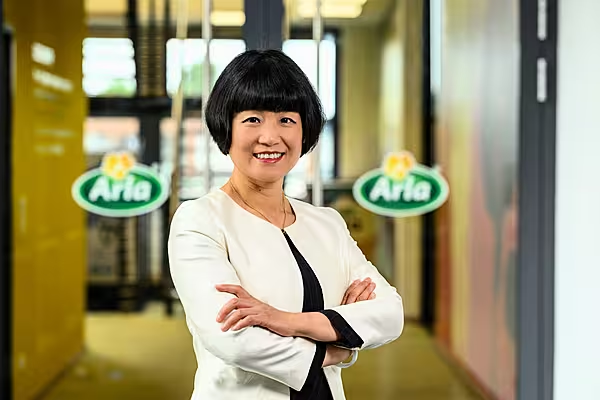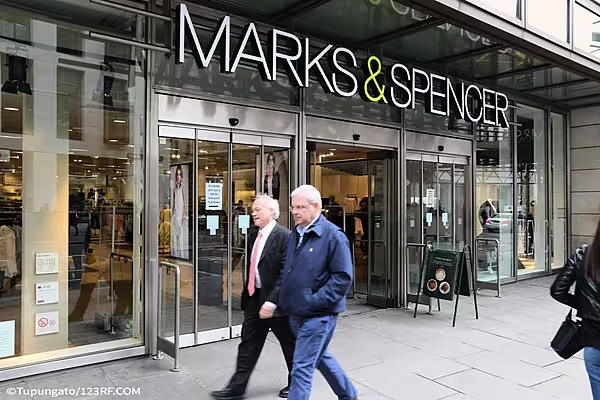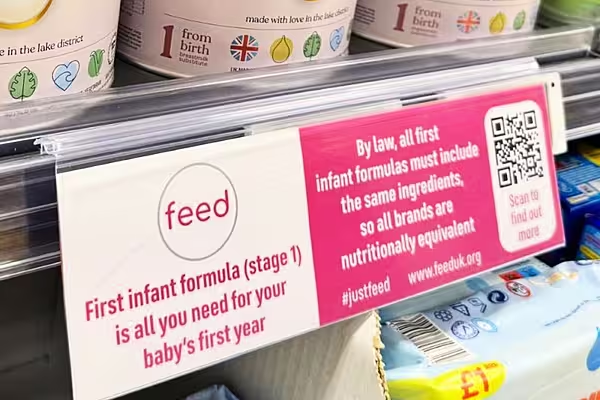UK retailer Sainsbury’s has posted a marginal like-for-like sales increase of 0.2% in the first quarter of its financial year, with total retail sales (excluding fuel) rising by 0.8% for the period.
The retailer, which is in the process of securing a merger with Asda, said that grocery sales grew by 0.5% for the quarter, with online groceries and convenience retailing up 7.3% and 3.6%, respectively. Its general-merchandise sales, embodied largely by the Argos chain, grew by 1.7%.
The like-for-like sales performance is lower than that recorded in previous quarters. In Q4, for example, Sainsbury’s posted a 0.9% sales increase, while, in the same quarter last year, sales were up 2.3%.
Promotional Activity
Group chief executive Mike Coupe put this performance down to increased promotional activity in the quarter.
“I am pleased with our progress in the quarter,” Coupe said. “The headline numbers reflect the level of price reductions we have made in key areas, like fresh meat, fruit and vegetables, since March.
“Our price position has improved, and customers have responded well, resulting in a continuation of the improved volume trend we saw in the second half of last financial year,” he added.
In its trading statement, Sainsbury’s identified four areas in which it is seeking to differentiate itself, as well as ‘grow and create value’.
It said that it has already invested £150 million in lowering prices and completed 51 range reviews, covering more than a quarter (27%) of its grocery offering.
It is also investing in potential growth categories and developing a strong private-label presence in same, such as its Little Ones baby food range, which is capturing almost 15% of baby food sales at the retailer.
It also said that it is ‘committed to introducing distinctive products’, recently rolling out a new kombucha drink, developed by former England Rugby star Jonny Wilkinson.
Transforming The Business
“We are transforming our business to meet the changing needs of our customers,” Coupe added.
“We have made fundamental changes to the way we run Sainsbury’s stores. We have completed our store management restructure, which will ensure that our shops are run efficiently and in a way that puts customer service at the heart,” he said.
In terms of general merchandise, Argos stores located in Sainsbury’s supermarkets have grown sales by an average of 15% in their second year of trading, the retailer added.
Analyst Viewpoint
Commenting on its performance, Russ Mould, investment director at AJ Bell, said, “While its grocery arm is clearly struggling, Sainsbury’s is managing to keep its head above water with general merchandise and clothing, helped by the acquisition of Argos.
“The company continues to shift some Argos stores into Sainsbury’s sites in order to capture the interest of customers doing their food shopping. It has also added its Tu clothing range to Argos’s website, which cross-fertilises its brands, yet these initiatives may not be enough to overcome the fact that the core grocery business is in a sticky patch, and we’re still a long way off from discovering whether the competition authorities will allow Sainsbury’s to link up with Asda,” added Mould.
© 2018 European Supermarket Magazine – your source for the latest retail news. Article by Stephen Wynne-Jones. Click subscribe to sign up to ESM: European Supermarket Magazine.













